first published in the San Francisco Bay Guardian, June 19, 2002

Meret Oppenheim’s fur-lined tea cup, 1936
ESCAPING THE ICE AGE by Matt Gonzalez
THERE WAS A TIME when fur played a necessary role in a person’s ability to protect himself or herself from the elements. Even in the 20th century it was a given that a good winter coat was made of leather and had a fur lining, not to mention a fur collar. And there were the nonessential uses, too, which kept the nightclub set of the 1950s looking cool – and which allowed Meret Oppenheim to create her lovely surrealist object, the fur teacup and spoon. Not necessary, but not trivial either.
With the advent of synthetic furs, which many argue look better than the real thing, and with the development of new fabrics (such as gortex and polypropylene) that make animal fur obsolete, the question arises: should our society continue to tolerate the cruelty to animals that harvesting fur causes – solely to satisfy this generation’s need for ornamental trim for its coats? Shouldn’t San Francisco push this issue by enacting a ban on the sale of fur?
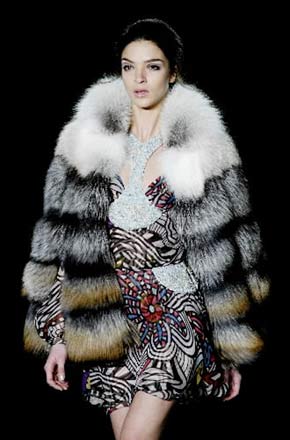
Opponents cry that we should allow the market to cure this problem – if it is one – and that we should respect free choice and not hinder business in an already depressed market. But hasn’t it always been the case that we as a society occasionally legislate emerging contemporary norms? Consider the ban on smoking in restaurants or the divestiture campaigns against South African companies.
Exotic furs (fox, mink, etc.) are often harvested by child laborers in third world countries by methods we would decry if they were occurring locally. Investigators have documented death by clubbing, strangulation, hanging, stabbing, and drowning. Even electrocution, where an electric prod is inserted in the animal’s anus, so as not to damage the pelt, is common.
Animals are caged without food or water for days, awaiting their deaths, and are often skinned alive. And this doesn’t address the trapping of wild animals.
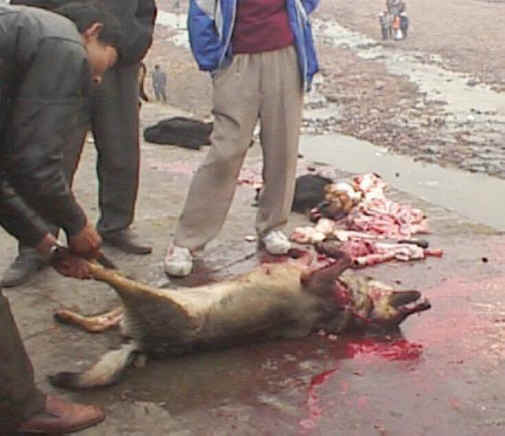
The industry claims its product is “natural” and from a renewable source. Yet formaldehyde, chromium, and other dangerous chemicals are used to process fur. In 1991 the Environmental Protection Agency fined New Jersey fur producers $2.2 million because of runoff leaks from fur farms into rivers.
Some say a fur ban compels a ban on leather products. But leather is a by-product of the meat industry, whereas harvesting exotic fur is for the purposes of “luxury” consumption – and exhibiting social status. Nor do contemporary norms support a meat-eating ban. Does banning smoking in restaurants lead to mandatory wheat grass on the menu? Certainly not anytime soon.
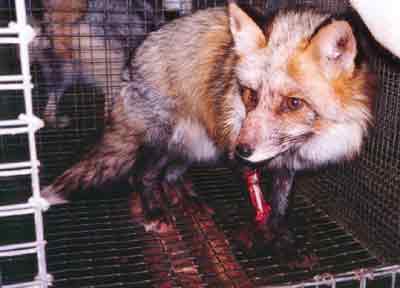
If San Francisco bans the sale of fur, won’t companies just sell elsewhere? Yes – but the symbolic gesture would sound an alarm in an industry that opposes reform, forcing it to either adopt humane standards or risk other cities following suit.
What about lost tax revenue and tourism? Well, there’s no evidence that tourists come to San Francisco solely to buy fur or that, if they can’t find it here, they wouldn’t simply purchase other products. Ironically, fur retailers that now claim to be concerned about our tax revenue are among the businesses that recently sued to invalidate our business tax, without showing that the tax had harmed them – costing the city $100 million.
Fur retailers also pander to San Francisco’s “live and let live” history of tolerance to oppose a ban. But they do this only to diminish scrutiny of the fur trade. This isn’t about sexual or intellectual tolerance. It’s about banning products derived from animal abuse. In all, millions of animals are killed yearly to support this trade.
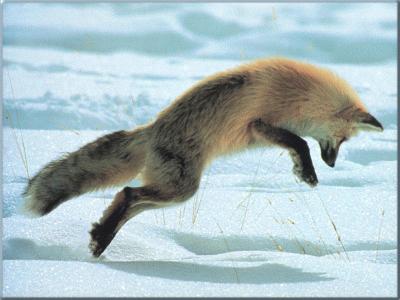
San Francisco is at the forefront of many issues, from making matricula consular ID cards available to immigrant workers to providing health care for transgender city employees, adopting instant-runoff voting to improve elections, and passing the first municipal solar bond. Stopping the harm that harvesting fur causes other mammals is a step in the continuing path of human progress and a sign we have reached the 21st century.
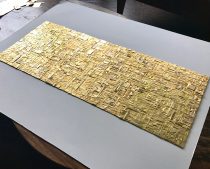
I am trying to become more involved in animal rights issues in SF. I work a lot, and support grass-roots rescue efforts, but I am thinking of board work. Any recommendations for an authentic, compassionate org in SF/bay area? Thanks for all you do.
I could make smarter negative points against furs than you did in your article, and I could also make more positive points for making and wearing furs. The rich people who wear fur for fashion make this problem. Some of them have 10-20 furs in their closet, but why is it bad to have one? An average person won’t buy a 10-20 thousand dollar coat made of a unique animal that is exhibited on a runway, then why generalize? Wearing fur should not be a problem, that’s what people have been doing for millenia. Fur allows people to stay warm. Even in Hungary native sheppards wear furs in 90-degree weather because it’s protective and because it’s natural, it does what it’s supposed to, nothing more and nothing less. You think that all those 100-200 dollar coats from chain stores are better for people? For the people that often travel by public transportation, for the people that often stand for 15-30 minutes in cold and windy conditions waiting for the bus these coats are not very good. But unfortunately those that need good coats the most, can’t buy good coats, and they annot afford a 500-1000 dollar coat. They don’t even go to stores like Nordstrom, Bloomingdales or other specialty stores that can sell such coats. Furs are the most susteinable and most ecological product out there. I don’t think fur should come from all animals, but screaming at all people that wear furs is not good. A fur can last 50 even 100 years if that’s a quality fur and if it’s being taken care of. How is producing and disposing of 10-20 coats instead of one quality fur product better? Most furs are not even thrown away, they can be changed into a different product when the style changes or a different size when someone inherits a coat. Furs also give specialized work to people not to the machines that make the filling. So people can work, keep animals and make furs and make a little more money than by looking at how machines make coats or by standing at a register. You want to ban child labor? Well then lets regulate this and lets make furs in the USA or lets import only from those countries were there’s no child labor. It has been done with other products, and it can be done with furs. Furs not only make people warm ,but they also give people engaging and satisyfing work. I think the people that have a problem with furs are the people who don’t usually get cold and don’t know what it means to have cold feet and stand in cold for 30-60 minutes, two times a day, every day in winter. So these people don’t care. There’s nothing wrong with making furs and eating meats. Rabbit, as well as many other animals can be used for food for dogs and for zoo animals, Rabbits can also be eaten by people (it’s sad that such meats cannot be found in stores because it decreases the variability of meats that people should eat, and it negatively impacts our health). So as long as this production is ecological, and sustainable and as long as a person can use all parts of an animal, why is it bad?
Why are they skinning a dog!? Dogs are PETS!